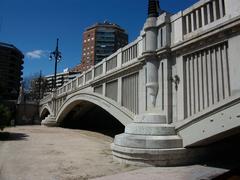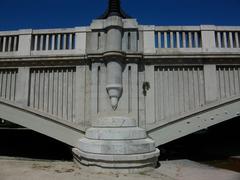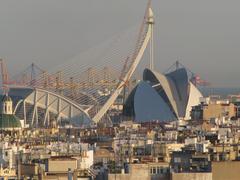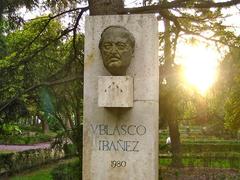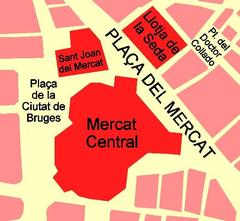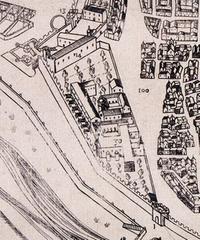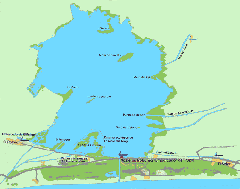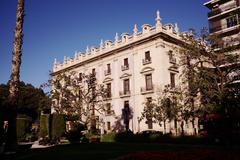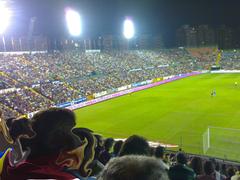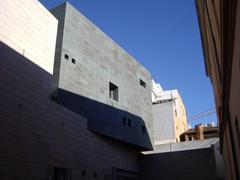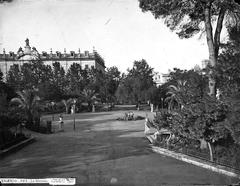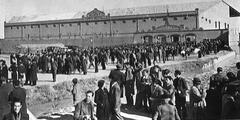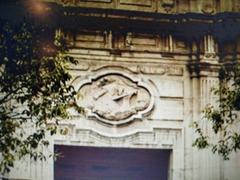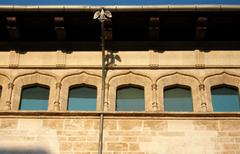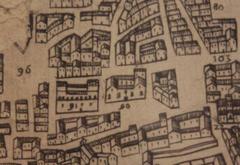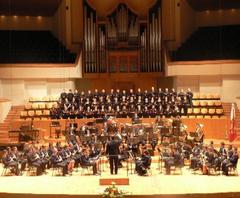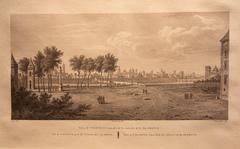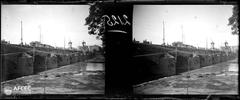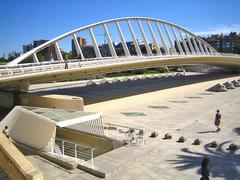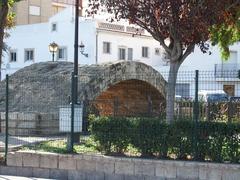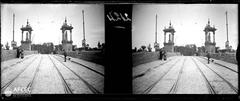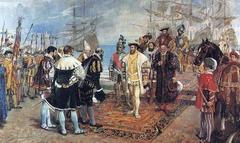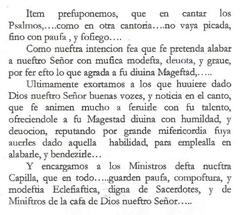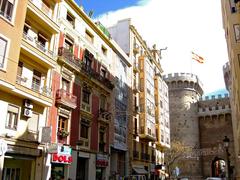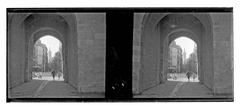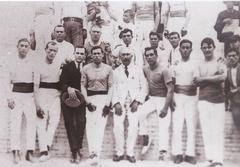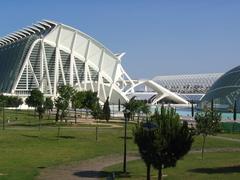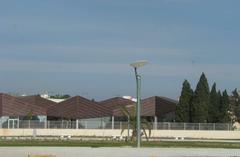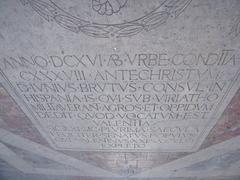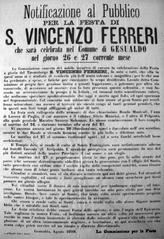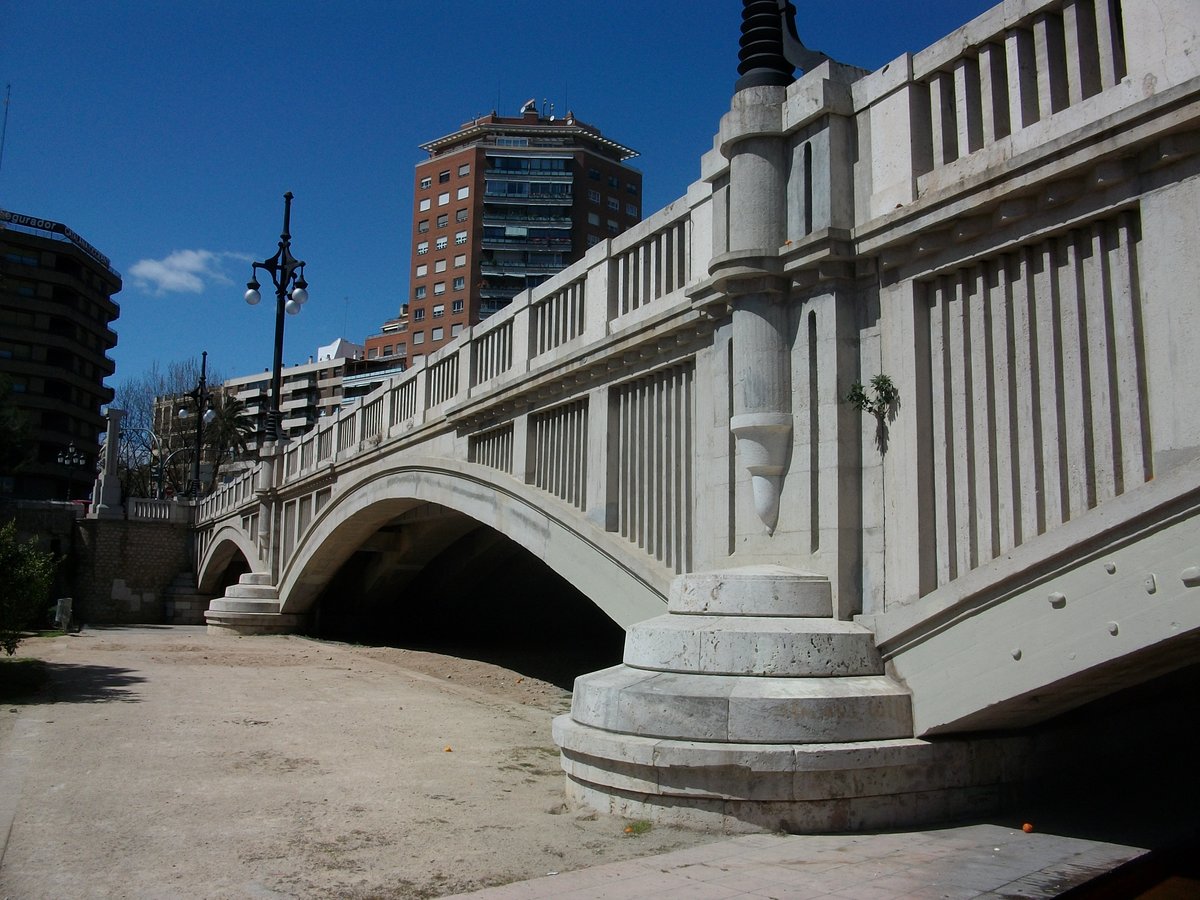
Visiting Pont d’Aragó: History, Tickets, and Tips
Publication Date: 19/07/2024
Introduction to Pont d’Aragó
Pont d’Aragó, an iconic bridge in Valencia, Spain, represents more than just a transportation link; it is a testament to the city’s rich history and architectural evolution. Designed by the renowned Spanish engineer Carlos Fernández Casado, the bridge was constructed during a period of rapid expansion and modernization in Valencia. Its elegant arches and functional design make it a standout landmark, embodying the principles of functionalism with subtle Art Deco influences. This comprehensive guide covers the history, architectural features, cultural significance, and practical visitor information for Pont d’Aragó, offering valuable insights and travel tips to enhance your visit to this remarkable landmark.
Contents Overview
- Introduction
- Early Beginnings and Urban Development
- Construction and Inauguration
- Architectural Style and Significance
- A Symbol of Transformation
- Post-War Significance and Modern Valencia
- A Vital Artery of the City
- Visitor Information
- Visiting Hours
- Ticket Prices
- Travel Tips
- Nearby Attractions
- Accessibility
- Cultural Significance and Events
- Special Events and Guided Tours
- Photographic Spots
- A Bridge to the Future
- Conclusion
- FAQ
Early Beginnings and Urban Development
Pont d’Aragó’s history is intertwined with Valencia’s urban expansion during the 19th century. As the city grew, the need for improved infrastructure became evident. The Turia river, while essential to the city’s life, also posed a significant challenge by dividing Valencia and hindering its growth.
Construction and Inauguration
The decision to construct Pont d’Aragó was driven by the necessity for better connectivity. Designed by Carlos Fernández Casado, the bridge was intended to be both functional and aesthetically pleasing. Construction began in 1931 and, despite disruptions caused by the Spanish Civil War, the bridge was inaugurated in 1933.
Architectural Style and Significance
Pont d’Aragó showcases a distinctive architectural style. Its design reflects the period’s engineering advancements, characterized by a focus on functionality and clean lines. The bridge’s elegant arches have become a recognizable landmark in Valencia’s cityscape.
A Symbol of Transformation
The construction of Pont d’Aragó marked a significant step in Valencia’s urban transformation. It facilitated smoother transportation and communication between different parts of the city, contributing to its economic and social development. The bridge symbolized progress and modernity, reflecting Valencia’s ambition to embrace a brighter future.
Post-War Significance and Modern Valencia
In the aftermath of the Spanish Civil War, Pont d’Aragó continued to play a vital role in Valencia’s recovery and growth. As the city rebuilt and modernized, the bridge stood as a symbol of resilience and progress, connecting new neighborhoods and fostering a sense of unity.
A Vital Artery of the City
Today, Pont d’Aragó remains a crucial transportation link, accommodating a constant flow of vehicles and pedestrians. Its central location and proximity to key landmarks make it a focal point for both residents and visitors.
Visitor Information
Visiting Hours
Pont d’Aragó is accessible 24/7, providing a convenient link for both day and night travelers.
Ticket Prices
There is no fee to cross Pont d’Aragó, making it free for both pedestrians and vehicles.
Travel Tips
The best time to visit is during the early morning or late afternoon when the light is perfect for photography. Be mindful of peak traffic hours to avoid congestion.
Nearby Attractions
Close to Pont d’Aragó, you can visit attractions such as the Turia Gardens, the City of Arts and Sciences, and the historic center of Valencia.
Accessibility
The bridge is accessible to all, including individuals with mobility challenges, ensuring everyone can enjoy its historical significance.
Cultural Significance and Events
Beyond its functional importance, Pont d’Aragó holds cultural significance for the people of Valencia. It has witnessed countless historical events, celebrations, and moments of daily life. The bridge often serves as a backdrop for cultural events and festivals, further solidifying its place in the city’s social fabric.
Special Events and Guided Tours
Pont d’Aragó is a popular location for various events, including city festivals and historical reenactments. Guided tours are available that provide deeper insights into the bridge’s history and its role in the city’s development.
Photographic Spots
The bridge offers many picturesque spots, especially at sunrise and sunset. Photographers and tourists alike can capture stunning views of the Turia river and Valencia’s skyline.
A Bridge to the Future
As Valencia continues to evolve, Pont d’Aragó stands as a reminder of its journey. It represents the city’s ability to overcome challenges, adapt to changing times, and embrace progress. The bridge serves as a link between Valencia’s past, present, and future, connecting generations through its enduring presence.
Conclusion
Pont d’Aragó is more than just a bridge; it is a symbol of Valencia’s rich history and dynamic future. Whether you’re a resident or a visitor, its significance resonates through its historical roots, architectural beauty, and vital role in the city’s fabric. Plan your visit to Pont d’Aragó to experience this remarkable landmark firsthand.
FAQ
Q: What are the visiting hours for Pont d’Aragó?
A: Pont d’Aragó is accessible 24/7.
Q: Do I need a ticket to visit Pont d’Aragó?
A: No, there is no fee to cross the bridge.
Q: Are there guided tours available?
A: Yes, guided tours are available and provide deeper insights into the bridge’s history.
Q: What nearby attractions can I visit?
A: Nearby attractions include the Turia Gardens, the City of Arts and Sciences, and the historic center of Valencia.
